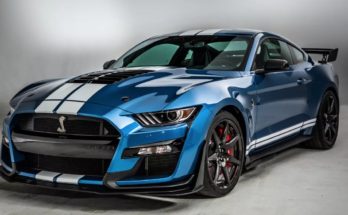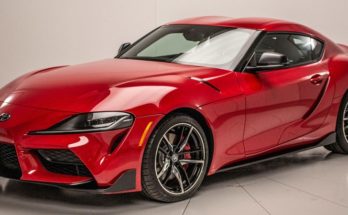When most people think of hybrid cars, they typically think of of the Toyota Prius, Honda Accord, or the Ford Fusion. Some might know of the upper-level PHEV like the models that Audi, BMW, and Mercedes have added to their array of luxury vehicles. But what most people may not know is that Porsche’s 918 Spyder is, in fact, a PHEV — that is, a plug-in hybrid electric vehicle.
The 918 Spyder (of which only 918 were made, and all between 2013-2015), designed by Michael Mauer, is a two-door roadster, a sports car capable of reaching a max speed of 210 mph. It has not one, not two, but three sources of power — a 4.6L V8 engine, and two motors (if you’re wondering about the difference between engines and motors, it is simply that motors run on electricity and engines run on some type of combustion. The words are sometimes used interchangeably).
With a 7-speed PDK dual clutch transmission, a 6.8kW liquid-cooled lithium ion battery (with a range of 420 mi), the 918 Spyder has plenty of torque and power, reaching speeds of over 200 mph; it can also go from 0-60 in under 3 seconds.
In fact, the 918 Spyder is a street-legal version of the RSR, the racing Spyder introduced in 2011. The 918 can hold its own, however. It became the first series production street-legal vehicle to break the 7 minute barrier at Nurburgring by 14 seconds (in 2017, the Porsche 911 GT2 RS went even further by shaving off another ten seconds, keeping the record in the family, as it were).
The 918 Spyder’s racing abilities aside, its hybrid build (the second from Porsche) also has a great perk in government incentives. While most of the inclusion of hybrids with an incentive are in North America, Asia, and Europe, there are a growing number of governments concerned about global warming, greenhouse gas emissions, and air pollution. Tax breaks, discounts on registration, or exemptions from customs duties are offered around the world for owners of hybrid vehicles, which can help offset the upfront purchase cost.
But even hybrid vehicles have issues, and the 918 Spyder had several recalls in 2014, including issues with rear-axle control arms, front lower control arms, and wiring problems. Despite these setbacks, the 918 Spyder and other hybrid vehicles have become more popular in recent years due to the increased awareness of environmental issues.
So is a hybrid car worth the trouble? That question remains up in the air as people discuss the pros and cons of owning a hybrid versus a regular vehicle, though hybrid technology has vastly improved over the last decade. With vehicles like the 918 Spyder, which eases the worry about getting stranded with a dead battery (since it has a backup gasoline engine), and more on the way, it might be time to consider purchasing something that will save the environment — and will still look amazing in your driveway or riding down the highway.
If you’re in the United States, Germany, Canada, or China, you may get to see one of these beautiful vehicles. Take a peek and consider whether the future is gas-powered, electric, or hybrid.
 " >
" >





